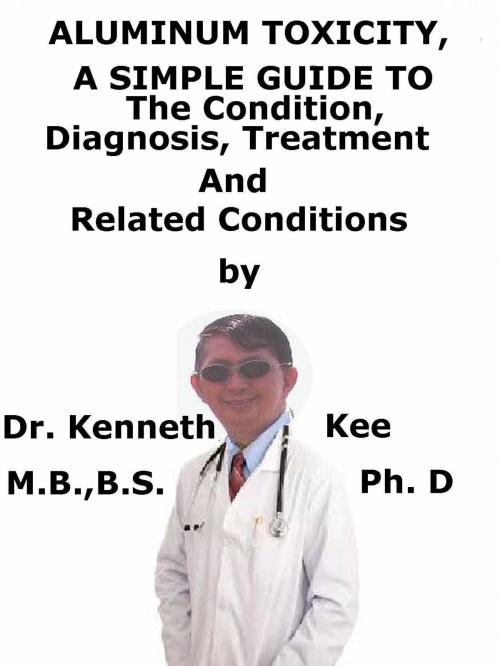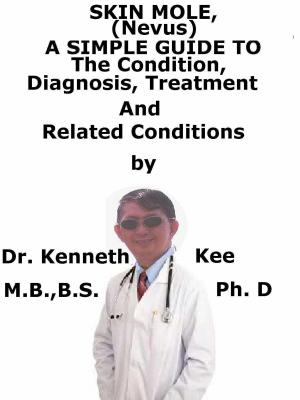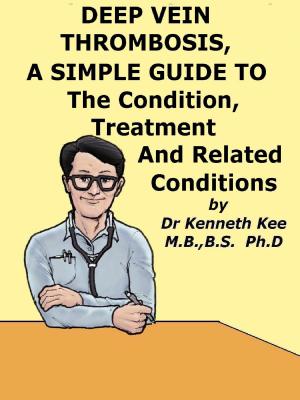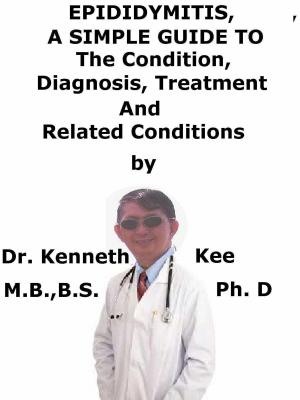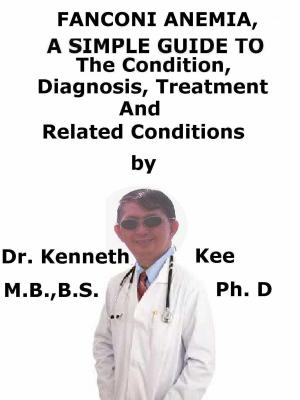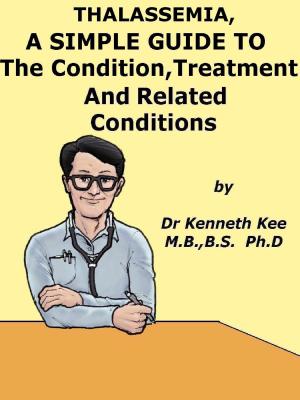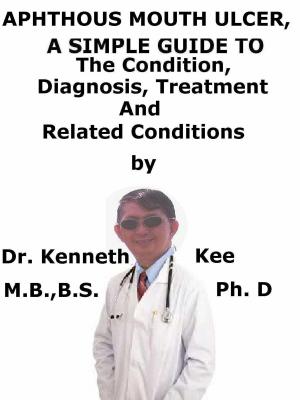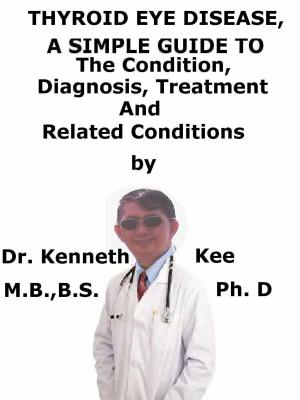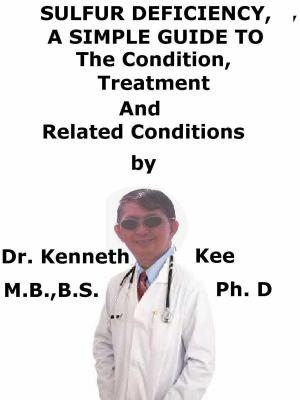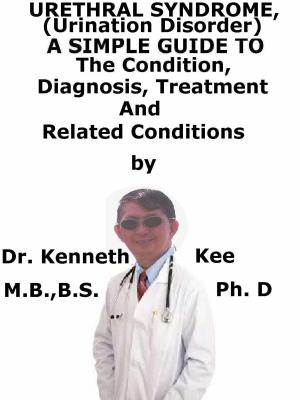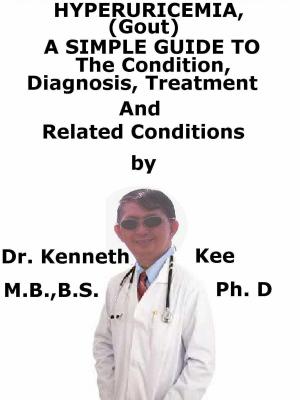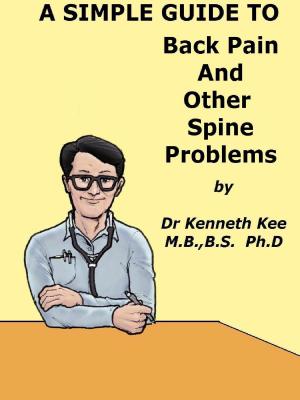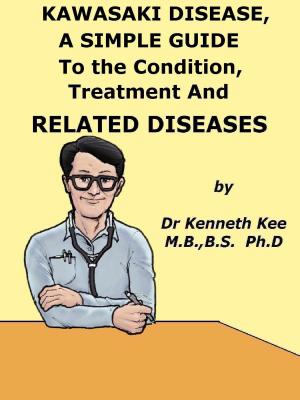Aluminum Toxicity, A Simple Guide To The Condition, Diagnosis, Treatment And Related Conditions
Nonfiction, Health & Well Being, Medical, Specialties, Toxicology| Author: | Kenneth Kee | ISBN: | 9781370174812 |
| Publisher: | Kenneth Kee | Publication: | November 18, 2016 |
| Imprint: | Smashwords Edition | Language: | English |
| Author: | Kenneth Kee |
| ISBN: | 9781370174812 |
| Publisher: | Kenneth Kee |
| Publication: | November 18, 2016 |
| Imprint: | Smashwords Edition |
| Language: | English |
Aluminum toxicity is a medical disorder that happens when a person takes orally or breathes high levels of aluminum into the body.
Aluminum is the third most prevalent element and the most plentiful metal in the earth's surface.
Humans are naturally exposed to relatively large quantities of aluminum from food, water or air.
Lately, aluminum toxicity has risen precipitously.
Today, nearly 80% of those tested for metal toxicity show excessively high hair aluminum levels.
Aluminum sources are:
1. Aluminum cookware or cans
2. Infant Formulas
3. Aluminum in vaccines or antacids
4. Aluminum in anti-perspirants and cosmetics
5. Hemodialysis and intravenous fluids
Symptoms of Aluminum Toxicity are:
1. Confusion
2. Muscle weakness
3. Bone pain, deformities, and fractures
4. Seizures
5. Speech disorders
6. Slow growth
The diagnosis is based on high aluminum in the blood, bone marrow and hair.
Removal of aluminum toxicity is with deferoxamine and avoiding aluminum sources.
Reverse osmosis or distillation are regarded to be the most effective ways to eliminate aluminum from water.
Antacids without aluminum such as Tums should be given if necessary.
Avoid Antiperspirants
Complications of Aluminum Toxicity may be:
1. Lung problems
2. Nervous system problems causing difficulty with voluntary and involuntary actions
3. Bone diseases
4. Brain diseases and disorders
5. Anemia
6. Impaired iron absorption
TABLE OF CONTENT
Introduction
Chapter 1 Aluminum Toxicity
Chapter 2 Causes
Chapter 3 Symptoms
Chapter 4 Diagnosis
Chapter 5 Treatment
Chapter 6 Prognosis
Chapter 7 Mercury Poisoning
Chapter 8 Lead Poisoning
Epilogue
Aluminum toxicity is a medical disorder that happens when a person takes orally or breathes high levels of aluminum into the body.
Aluminum is the third most prevalent element and the most plentiful metal in the earth's surface.
Humans are naturally exposed to relatively large quantities of aluminum from food, water or air.
Lately, aluminum toxicity has risen precipitously.
Today, nearly 80% of those tested for metal toxicity show excessively high hair aluminum levels.
Aluminum sources are:
1. Aluminum cookware or cans
2. Infant Formulas
3. Aluminum in vaccines or antacids
4. Aluminum in anti-perspirants and cosmetics
5. Hemodialysis and intravenous fluids
Symptoms of Aluminum Toxicity are:
1. Confusion
2. Muscle weakness
3. Bone pain, deformities, and fractures
4. Seizures
5. Speech disorders
6. Slow growth
The diagnosis is based on high aluminum in the blood, bone marrow and hair.
Removal of aluminum toxicity is with deferoxamine and avoiding aluminum sources.
Reverse osmosis or distillation are regarded to be the most effective ways to eliminate aluminum from water.
Antacids without aluminum such as Tums should be given if necessary.
Avoid Antiperspirants
Complications of Aluminum Toxicity may be:
1. Lung problems
2. Nervous system problems causing difficulty with voluntary and involuntary actions
3. Bone diseases
4. Brain diseases and disorders
5. Anemia
6. Impaired iron absorption
TABLE OF CONTENT
Introduction
Chapter 1 Aluminum Toxicity
Chapter 2 Causes
Chapter 3 Symptoms
Chapter 4 Diagnosis
Chapter 5 Treatment
Chapter 6 Prognosis
Chapter 7 Mercury Poisoning
Chapter 8 Lead Poisoning
Epilogue
